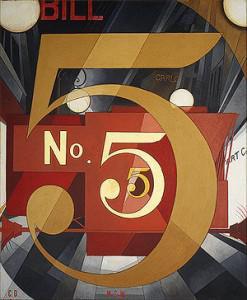 As a follow up to last week’s Five Friday Facts, and the post earlier this week about high speed rail, both of which were derived from a recent article in the New York Times, comes this week’s set of facts. Last week focused on ridership, but today looks at the competition that Amtrak’s Northeast Corridor line faces moving forward.
As a follow up to last week’s Five Friday Facts, and the post earlier this week about high speed rail, both of which were derived from a recent article in the New York Times, comes this week’s set of facts. Last week focused on ridership, but today looks at the competition that Amtrak’s Northeast Corridor line faces moving forward.
Competition:
- A plane flight between New York and Boston typically takes 1 hour 15 minutes, compared with 3 hours 40 minutes for Amtrak’s fastest train; it is when taking into account ground travel and waiting times that the times are similar, transportation experts say.
- Amtrak arrives on time 90 percent or more of the time, according to its data. Delta said the shuttle’s on-time percentage is “in the mid-80s,” and US Airways said its record was a little higher.
- To accommodate demand, Amtrak wants to add cars to each of the 20 Acela trains now in its schedules, increasing Acela capacity 40 percent, the railroad said, or about 124 seats per train. Amtrak plans to add the new cars by 2015, and by 2020 increase the frequency of the trains between New York and Washington.
- BoltBus and MegaBus, two downtown, curbside services in the Northeast, have increased ridership since they began operating in 2008. The buses generally make the New York-to-Washington run in four and a half hours and offer free Wi-Fi. Tickets range from $1 to $40, far less than Amtrak or the airlines.
- According to a study by the Chaddick Institute for Metropolitan Development at DePaul University, 34 percent of bus riders said they would have taken Amtrak if not for the bus.
Budget and Economics:
- The Acela averaged about 80 percent full and earned an operating profit of more than $200 million last year on nearly $500 million in revenue.
- Last month, Amtrak unveiled an ambitious $151 billion proposal to speed up trains and upgrade bridges and tracks.
- Amtrak gets about $1.3 billion a year from the government, but still loses money — $1.2 billion last year.
- Amtrak faces a $6 billion backlog in maintenance projects nationwide.
- The transportation bill passed last month did not include money for rail projects.
Image source: Metropolitan Museum of Art

